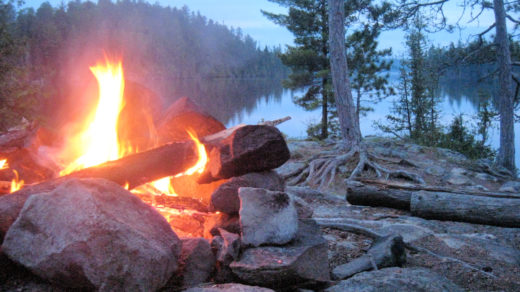The Second Annual Biggest Blueberry Contest on the Gunflint Trail is just around the corner. Blueberry season, aka “the most wonderful time of the year,” is celebrated by Gunflint Trail residents and visitors alike. This plentiful wild edible is a staple of a Northwoods diet and picking berries is a favorite Gunflint Trail pastime.
Around here, our measurement unit of choice for blueberries is gallons. You can have your cups, your pints, your handfuls of blueberries to toss on oatmeal. We’re in it to win it. And by win it, we mean, enough blueberries in the freezer to have a pie every month of the year.
While we’re not about to tell you where our favorite berry patches are, here’s some berry season insight to help you play with the blueberry picking big dogs.
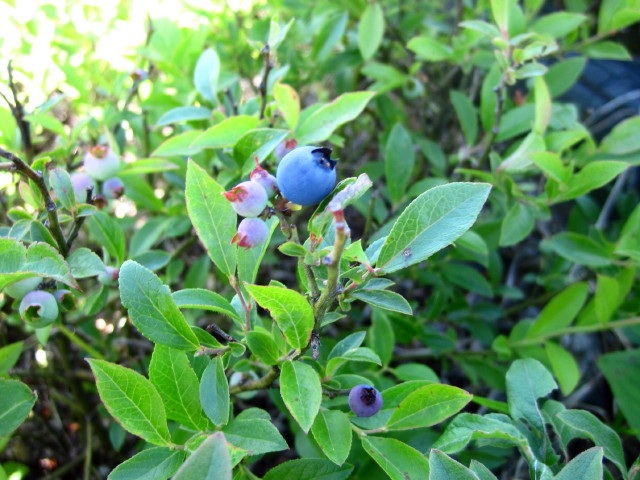
I personally use July 20th as the Gunflint Trail blueberry season’s official start date because more often than not, there’s a pick-able amount of ripe blueberries then. However, I usually wait until the first week of August before heading out picking myself because I prefer not to have to pick around unripe berries. Most years, ripe berries remain on the plants through the end of August, although they will start to shrivel and become overripe, making picking a little trickier if you wait until the late season.
Of course, in years with very early springs (i.e. 2010 and 2012) the berry season can be bumped up by as much as a full month. Although that’s certainly not a risk this year, keep in mind that if area lakes were mostly ice-free by mid-April, you could very well be picking blueberries over Fourth of July weekend.
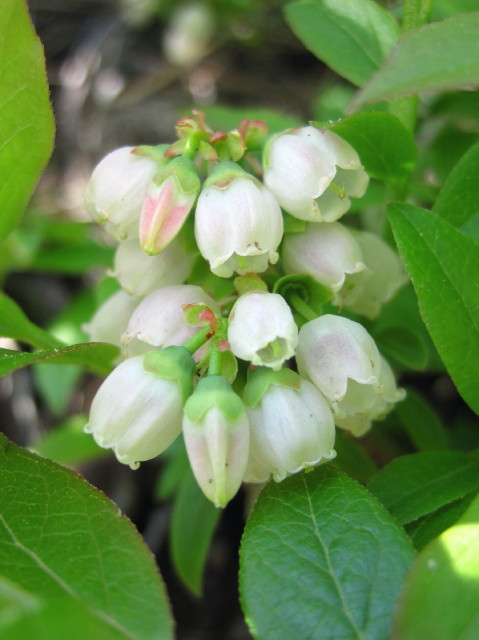
Blueberries aren’t a particularly finicky plant (after all, they’re Northwoods natives: they’re tough by nature) but a bumper crop is dependent on the plants get just the right amounts of sunshine, heat, and rain. The worst weather event that can befall blueberry plants is a late frost that kills the berry blossoms. A low rain summer yields small berries, but too much rain results in less flavorful berries.
You can find blueberry plants throughout Cook County and northern Minnesota, but the bushes are particularly plentiful along the upper Gunflint Trail where the bushes prefer the jack pine forest and sandy soil ecosystem on this part of the Trail. Basically, if you take a left off the Round Lake Road and head towards the end of the Trail, you’ll be in prime blueberry territory.
When you’re scoping out a berry picking spot, watch for south facing slopes with a little shade so the berries can retain moisture and plump up. For the most plentiful berries, take a few steps off the hiking trail or preferably get in a canoe and paddle down a Boundary Waters lake. Favorite berry picking spots include the Magnetic Rock hiking trail, Seagull Lake, and the Granite River.

Gunflint Trail blueberry season first-timers might be a little confused about what blueberry season is all about. Blueberry season is an informal event around here. You don’t need any permits or to pay any picking fees. You’re also completely on your own for finding berry patches: this is no “u-pick berry farm” situation. Once you know that all the cars parked along the side of the Gunflint Trail belong to berry pickers who are deep in the forest, you’ll realize just how many places there are to pick blueberries.
Really, the only rule for picking blueberries on the Gunflint Trail is to make sure you’re on public land. The Superior National Forest map that can be purchased for about $10 at the Gunflint Ranger District office is a great resource for helping you know when you’re on National Forest land.
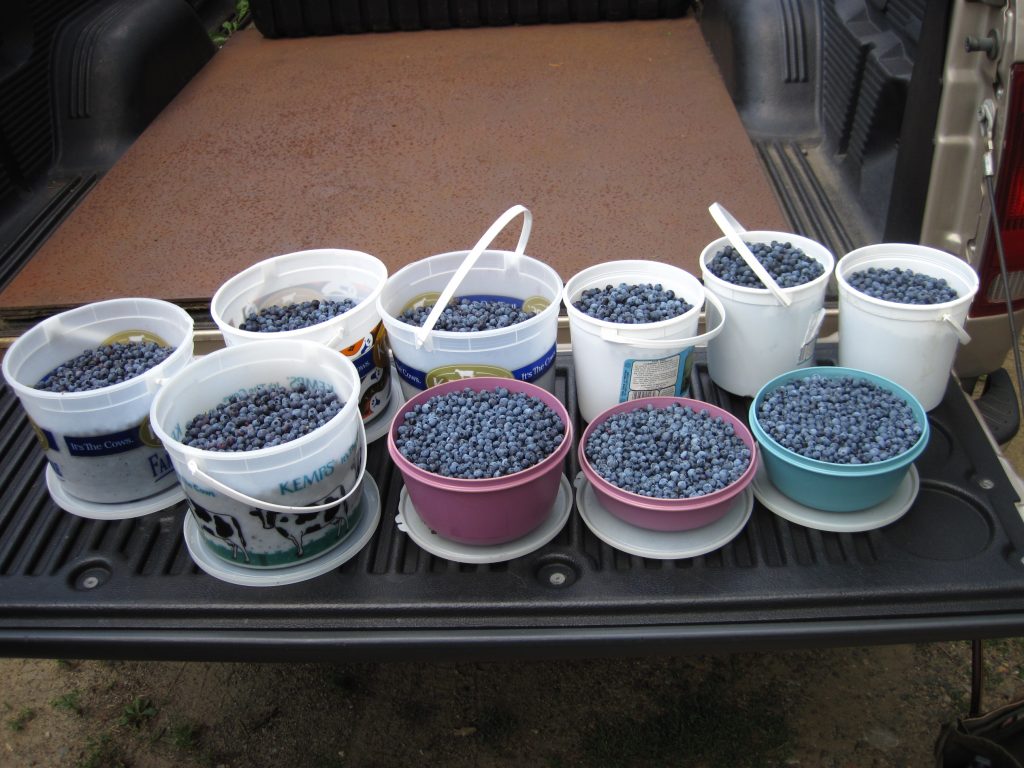 You’ll need to provide your own berry picking containers. Gallon sized ice cream buckets with lids (to prevent spillage when you walk over the rocky terrain back to your car) are the berry picking vessel of choice around here.
You’ll need to provide your own berry picking containers. Gallon sized ice cream buckets with lids (to prevent spillage when you walk over the rocky terrain back to your car) are the berry picking vessel of choice around here.
One very legitimate worry among first-time berry pickers is whether or not they’ll be able to identify the berries. The question I tell people to ask before they eat a berry that is a blue color is: Is it wearing a crown? All edible blueberries have a puckered blossom mark on their bottoms (non-stem side). Whether you find actual blueberries or if you happen upon some huckleberries or juneberries, if the berry’s wearing a crown, it’s edible . . . and delicious.
But if you find a large, completely smooth, navy blue berry on a long stalk, don’t pick it. That’s a blue bead lily (or clintonia) and while it won’t kill you, you might end the day with an upset tummy if you eat it. Luckily, clintonia are a completely different color and have completely different foliage from blueberry plants so once you know how to identify them, you will never confuse the two plants.
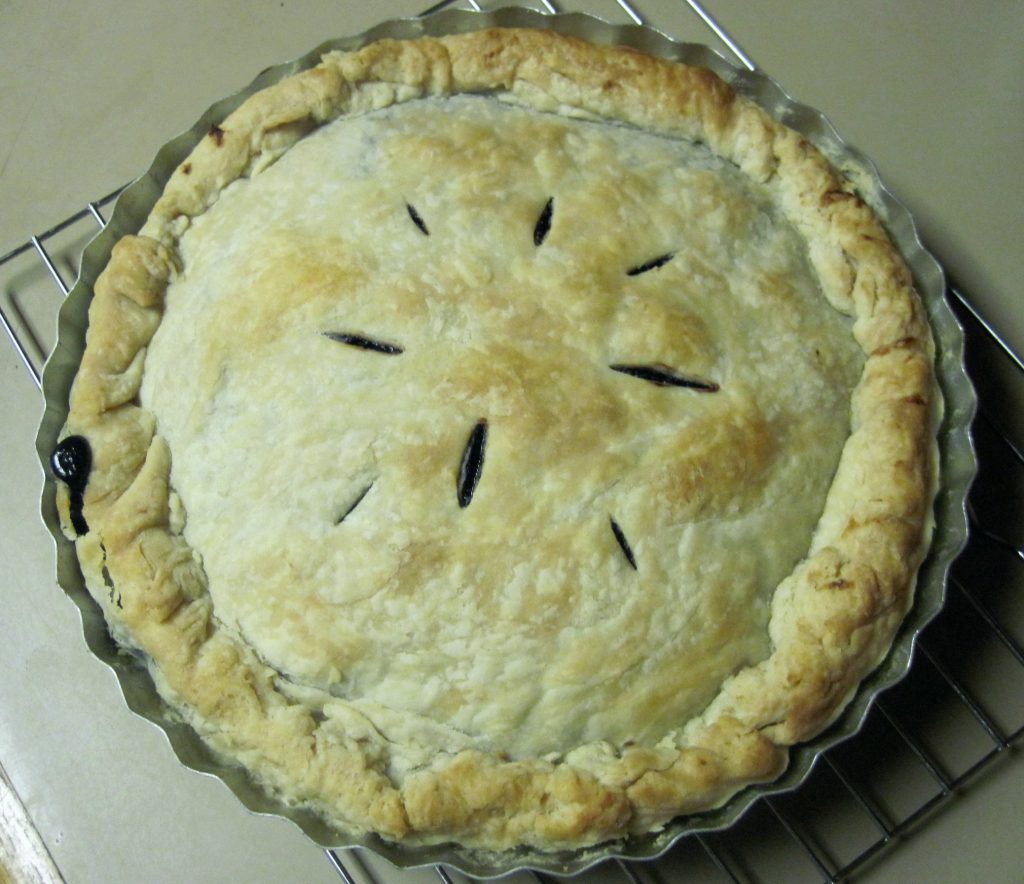
Tuscarora Lodge is an “official weigh station” for the Biggest Blueberry Contest, so swing by after your day in the berry patch to enter the contest. We promise we won’t ask you where you picked the berry and we’ll even let you eat it after it’s weighed. Happy picking!
Watch the video below to come along on one of our berry picking adventures!

